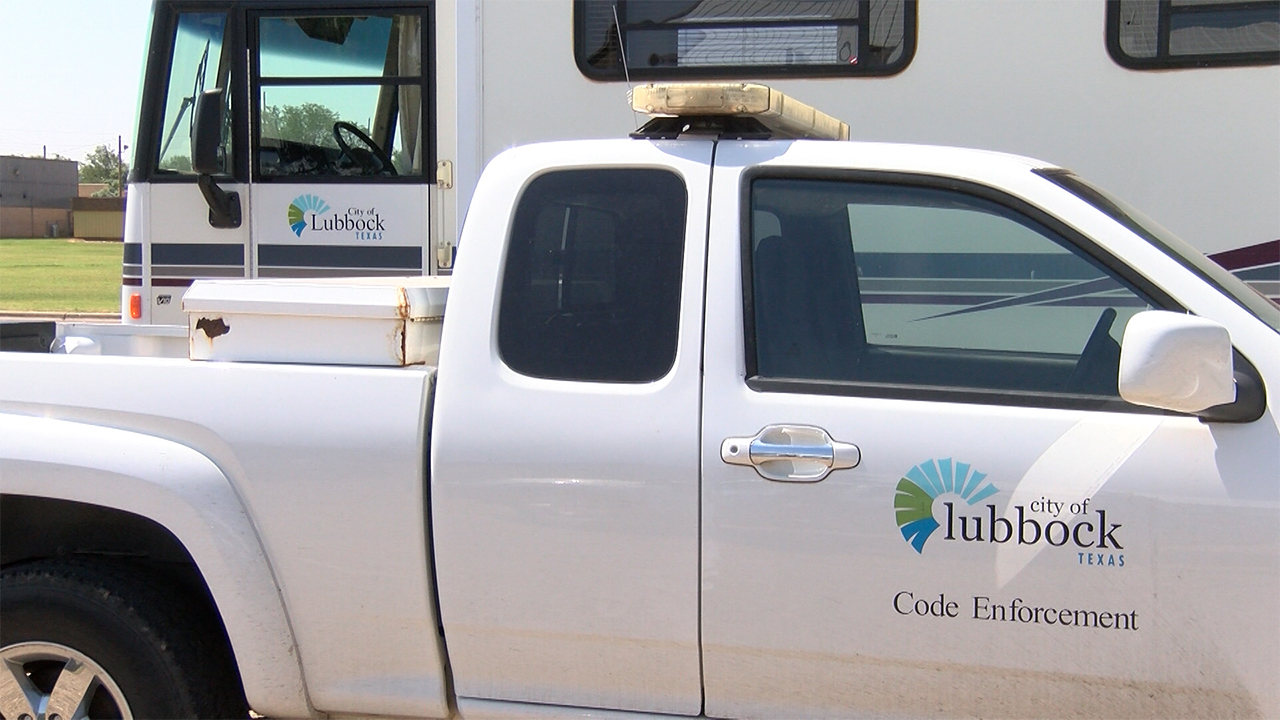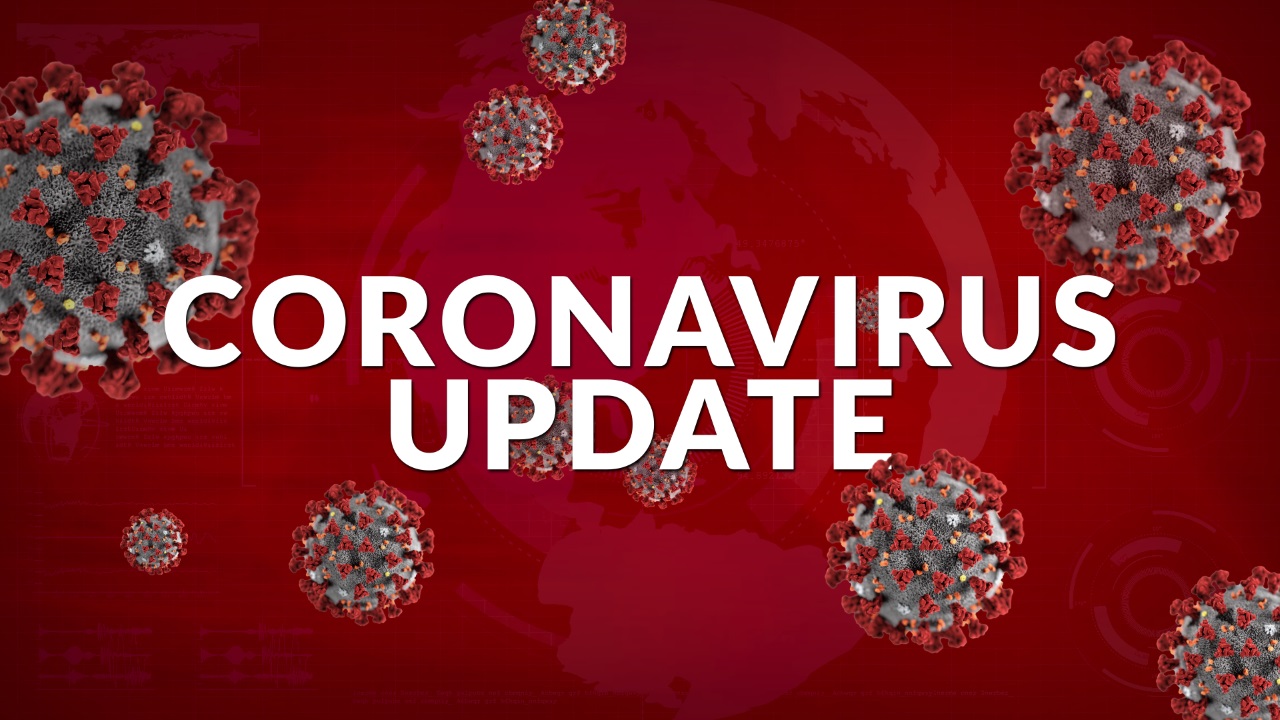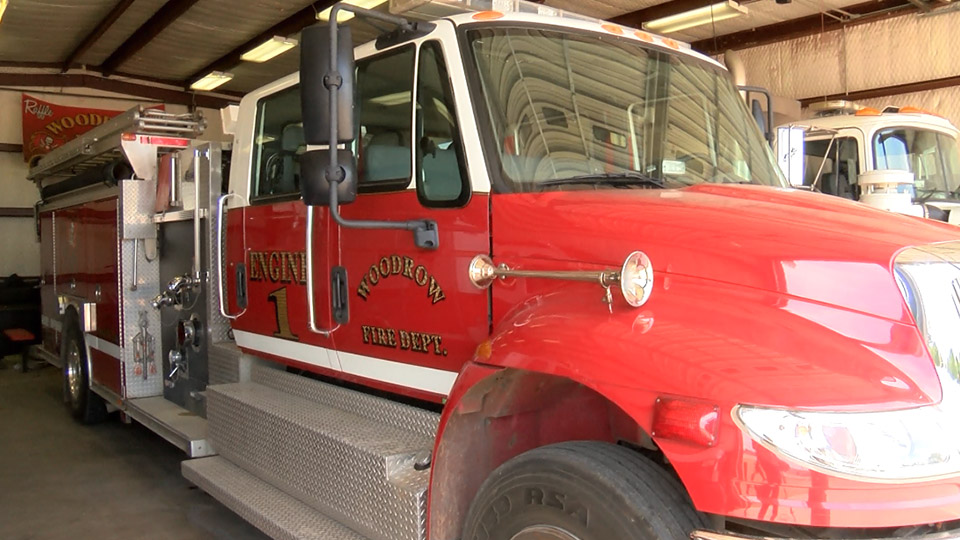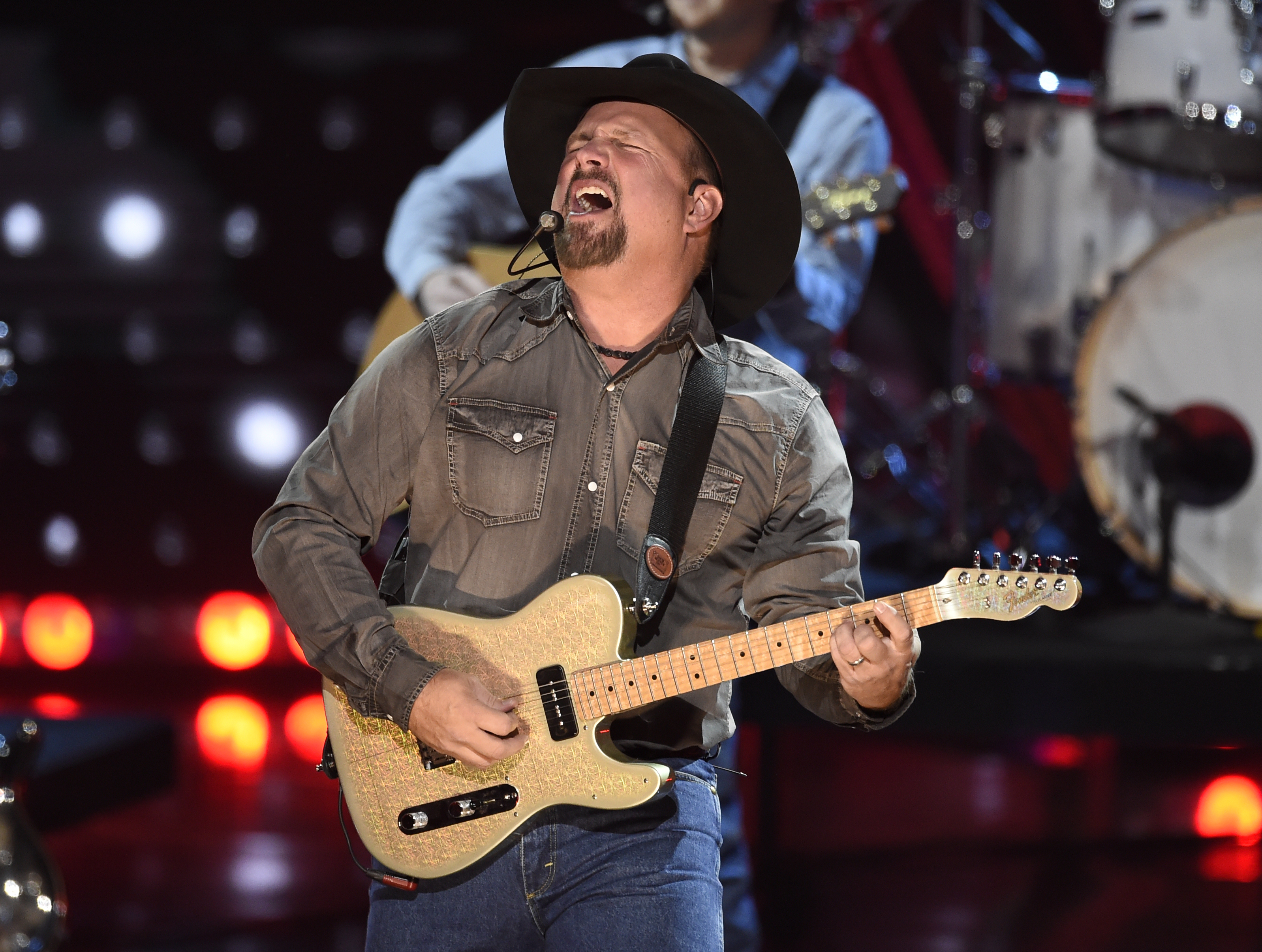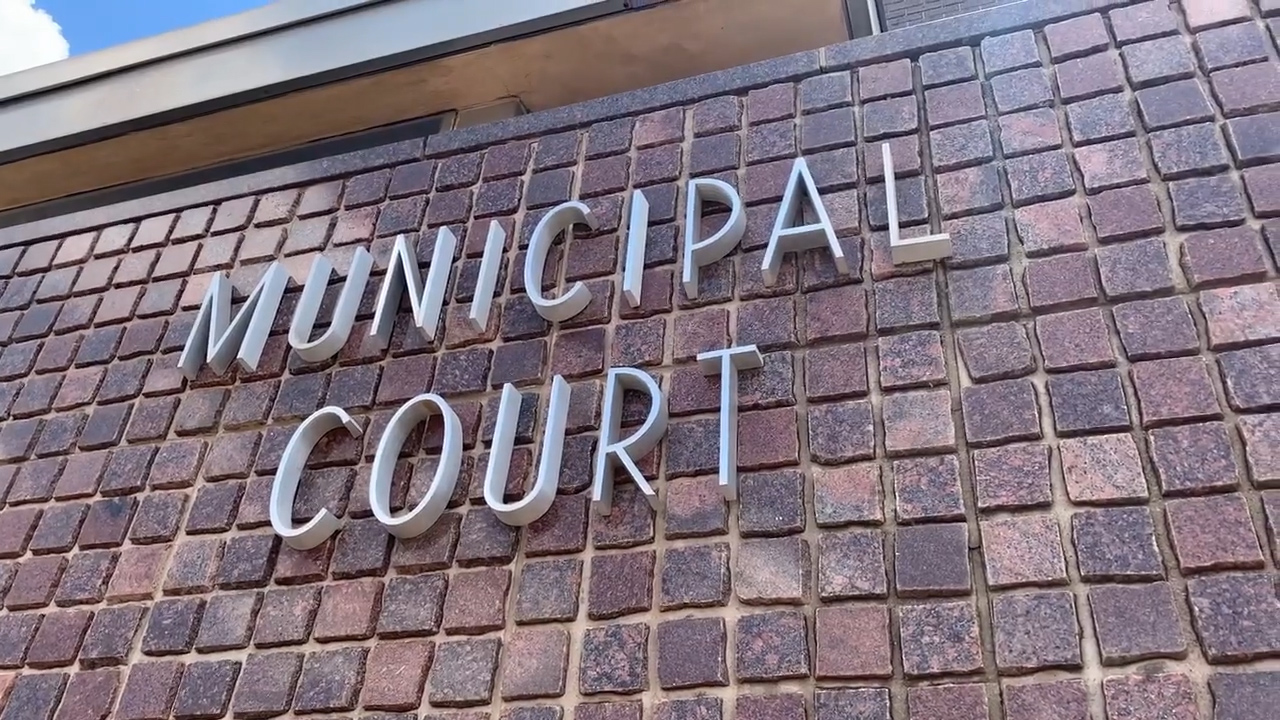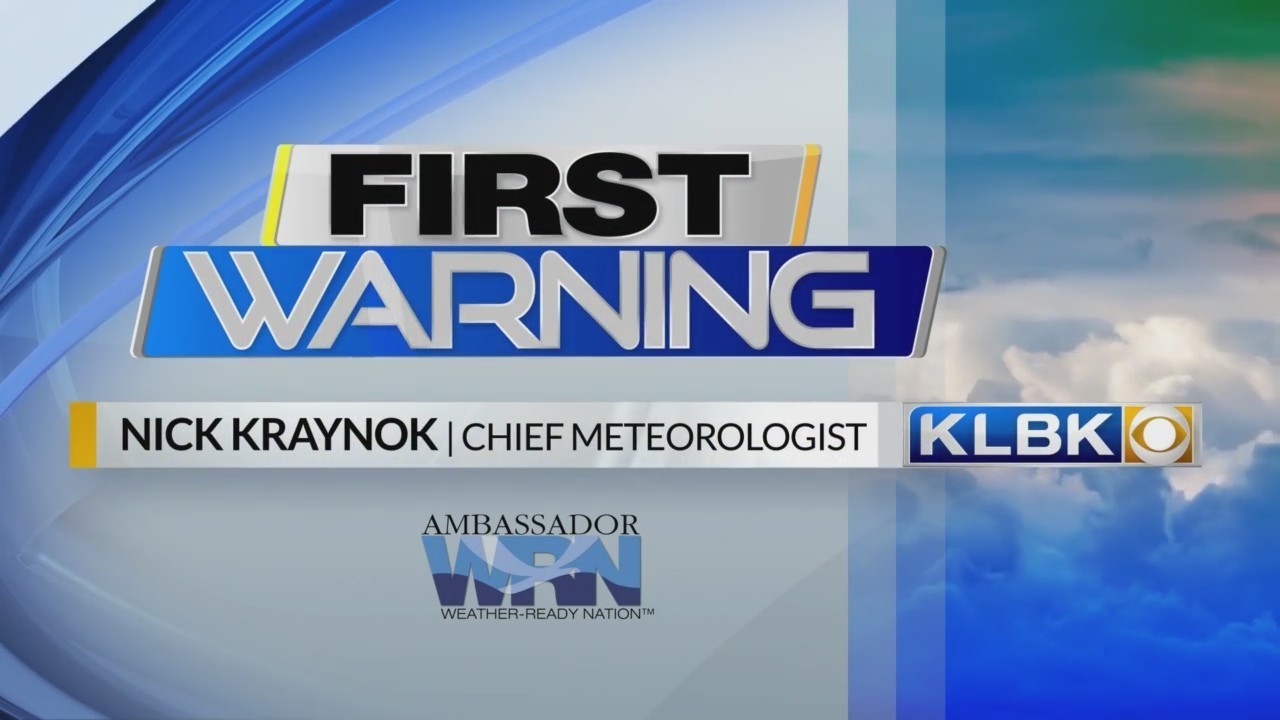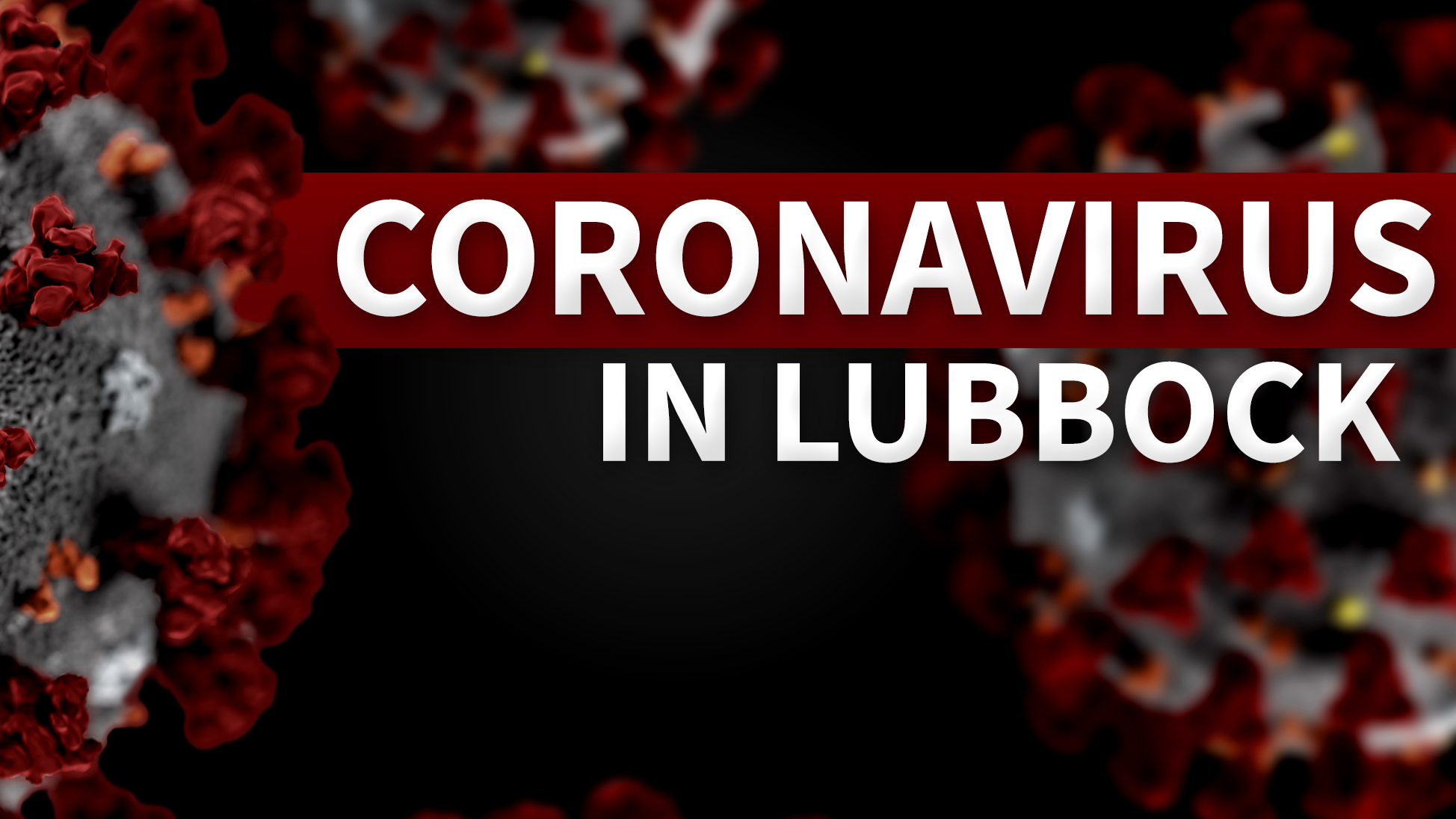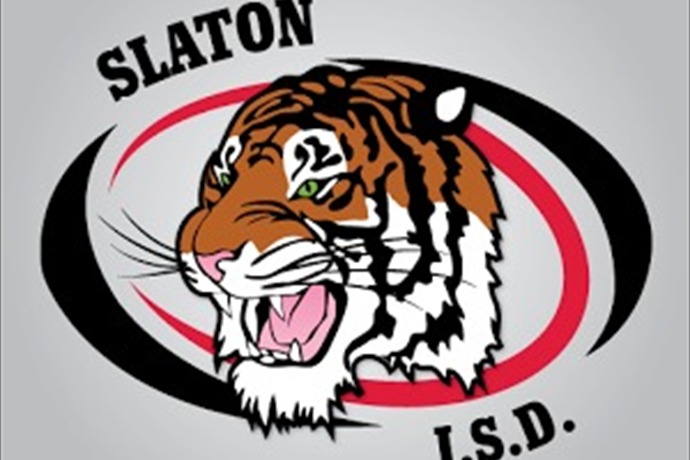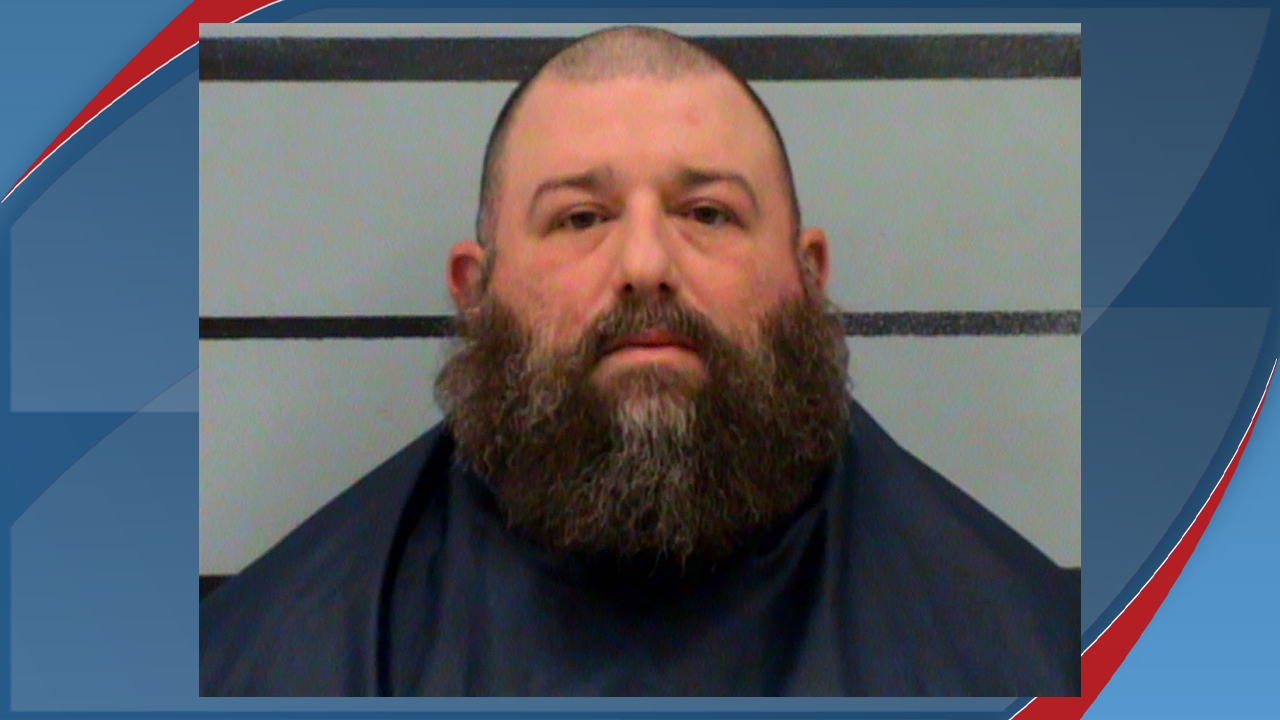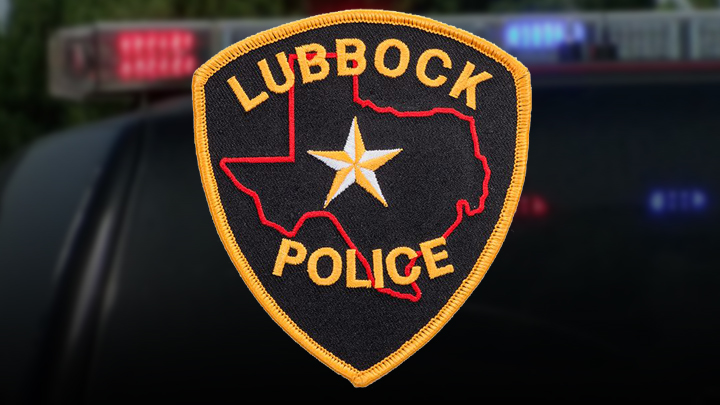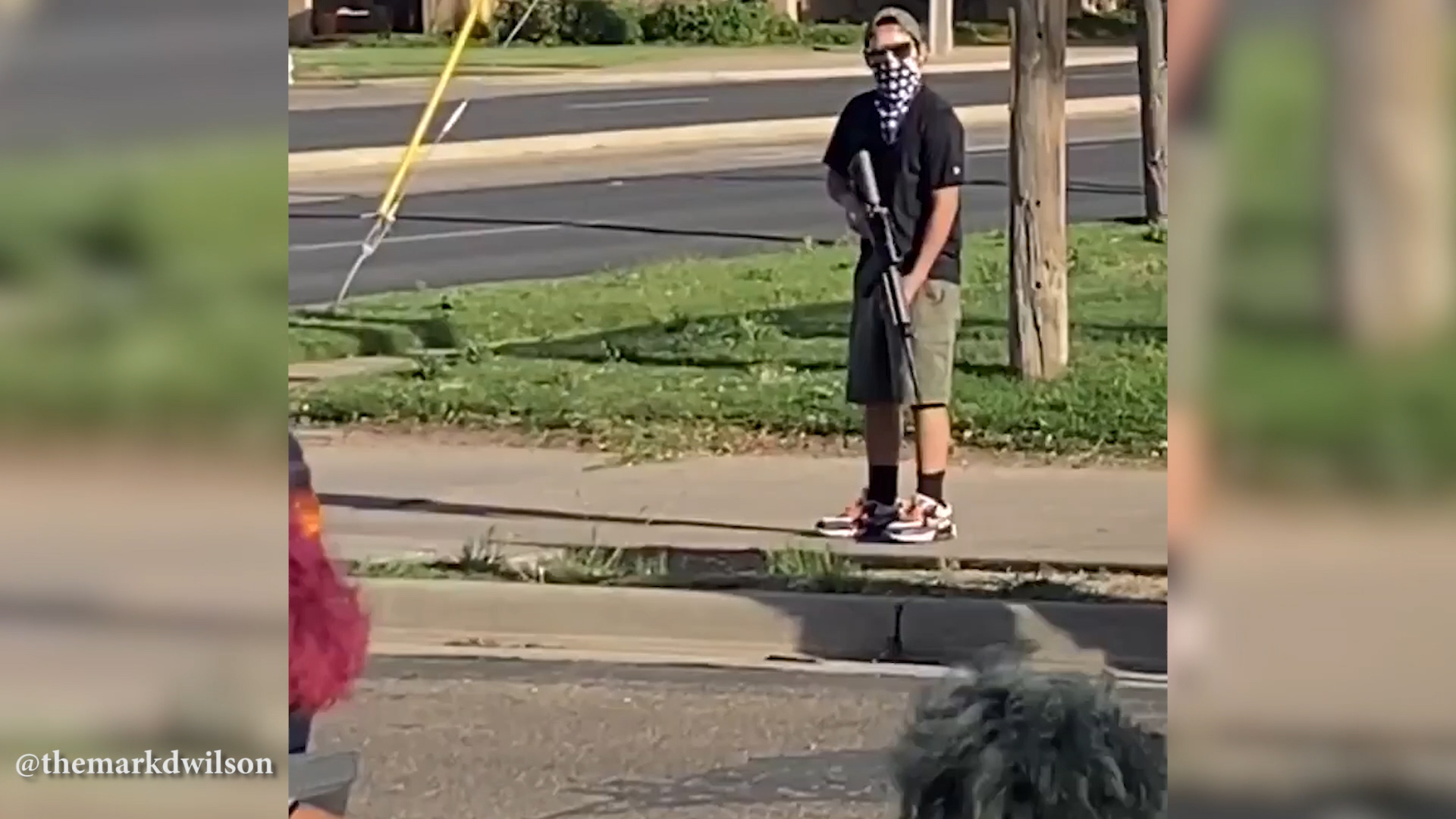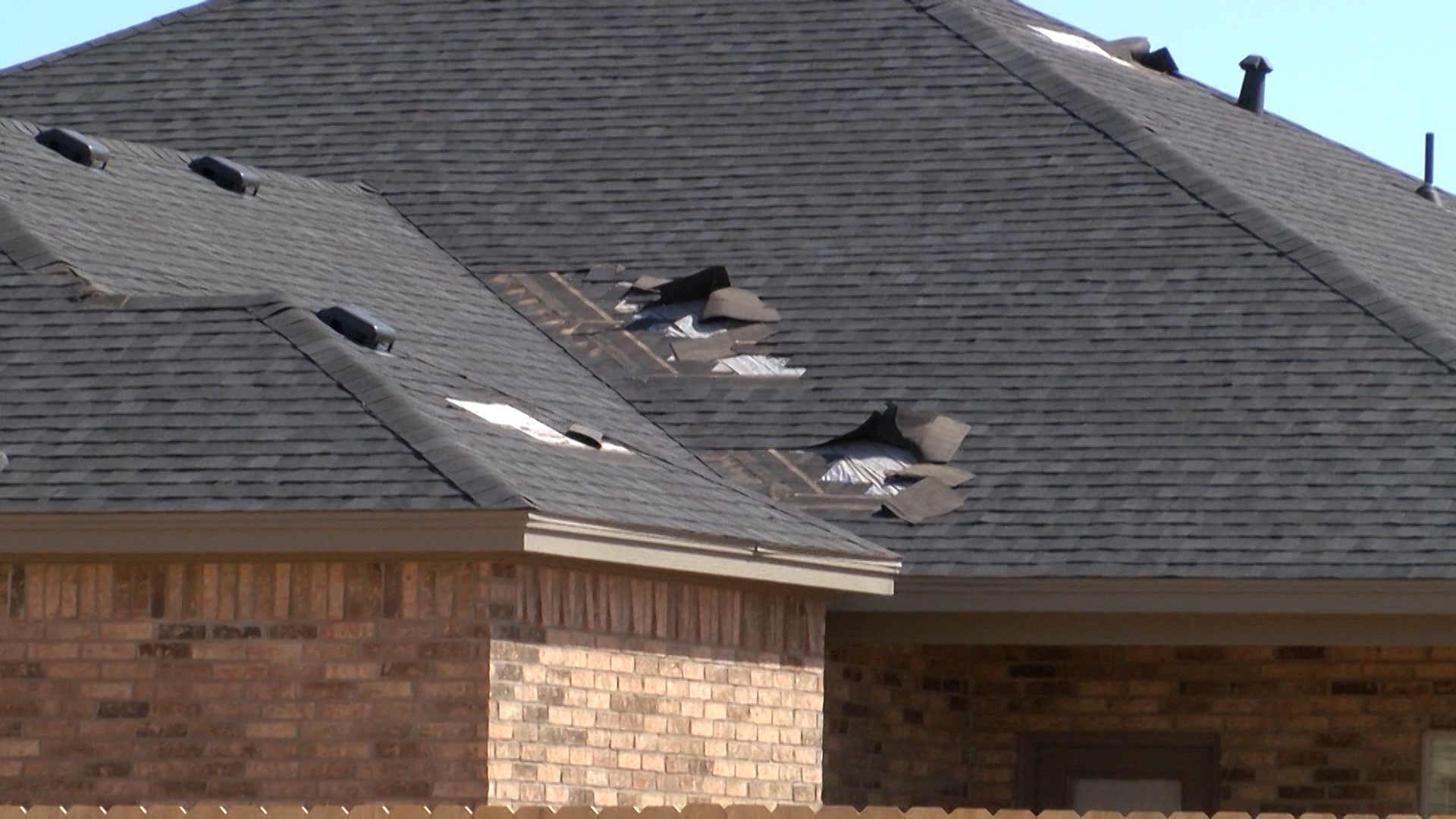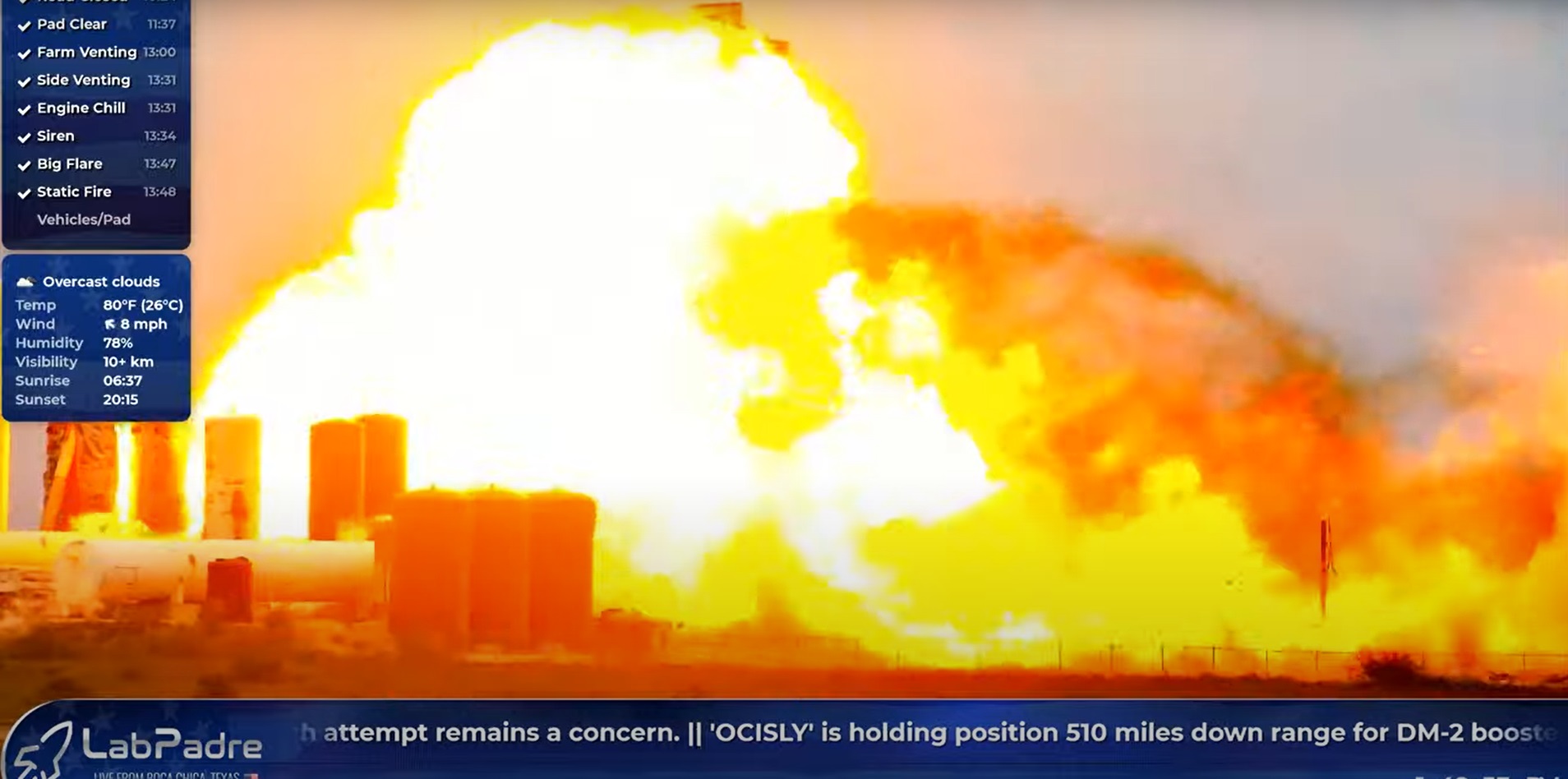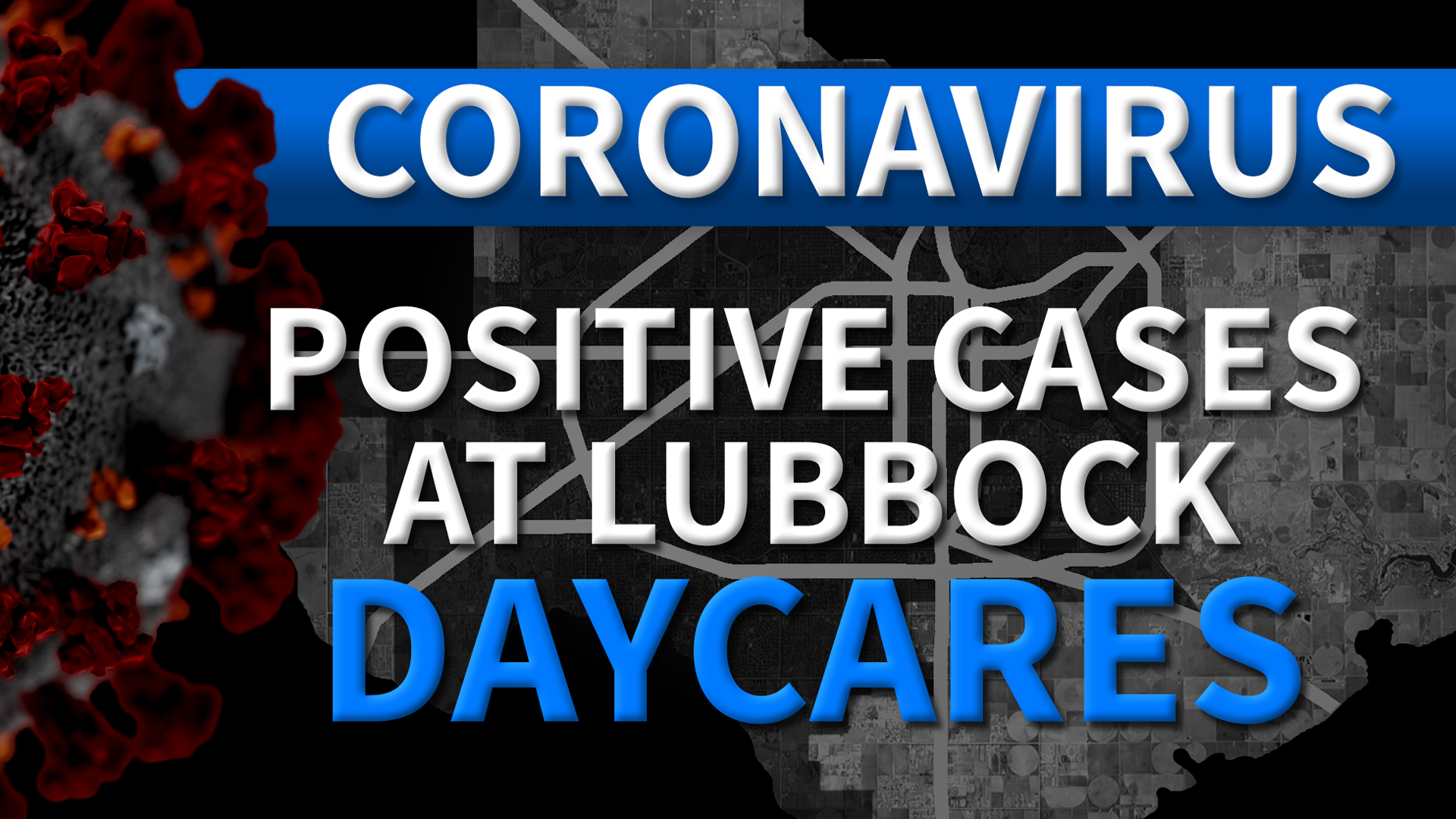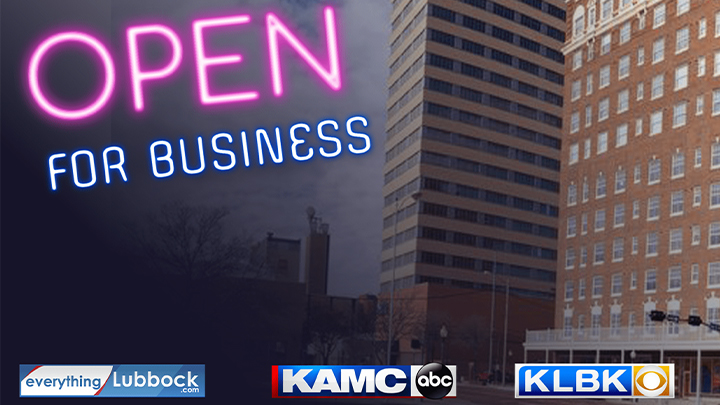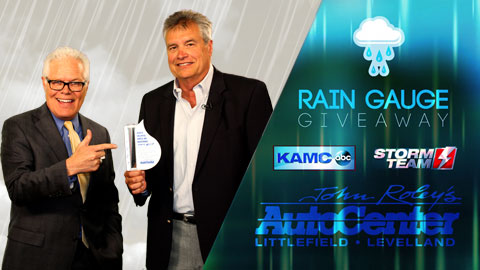The opioid crisis continues to be an issue throughout the country, but UMC EMS recorded fewer opioid overdoses so far this year compared to years past.
Naloxone, commonly known by its brand name Narcan, was used more than 500 times in 2015, but it has only been used around 150 times this year, said Chad Curry, training chief for UMC EMS.
Naloxone helps people experiencing apnea caused by an opioid overdose breathe on their own again within two to five minutes of administration, said Curry.
“Many times we’ll have to use multiple doses of it,” he said.
Curry contributed this decline to the Lubbock Police Department.
“They have done a spectacular job of controlling the drugs on the street,” he said, “and in return that makes our job a lot easier.”
Commonly used opioids include heroin, oxycodone, hydrocodone, Demerol, Dilaudid and morphine.
Police departments across the nation are carrying naloxone to address the opioid crisis. However, the drug is very expensive and is becoming limited in supply through the FDA, said Curry.
While opioid overdoses are a problem in Lubbock, Curry noted it is not as widespread as in other cities.
More than 42,000 deaths in the U.S. were caused by overdose on painkilling drugs in 2016, according to licensed chemical dependency counselor Bob Howell. In his practice, he said he continues to see opioid overdose patients.
“The people I see that have been in treatment or are in treatment, remains at very high levels of dependency,” said Howell.
Howell said some people overdose on opioids with the confidence that EMS will arrive in time to reverse the effects and save them.
“It’s kind of like Russian roulette, which is a dangerous game to play,” he said. “There is a point in time where naloxone will not reverse somebody that is already dead or in a fatal dysrhythmia. Too late is too late.”
Not only does naloxone treat opioid overdoses in emergency situations, but it also has begun to be used to treat opioid addicts for their addiction within the last few years.
Howell explained naloxone reduced cravings for addicts plagued by thoughts of obsession with returning to drug use. However, he said the drug itself does nothing to provide the ongoing life skills needed to overcome addiction.
“That’s where drug therapy, drug treatment comes in – to develop those skills,” he said.
Curry said in some places in the country, it is typical for hospitals to stop using naloxone to treat patients who are frequent abusers of opioids. He said UMC always treats their patients regardless.
“It doesn’t matter what their history is, it doesn’t matter how many times we’ve given them naloxone, we continue to treat them to try to improve their quality of life. And, hopefully, they get help,” said Curry.










